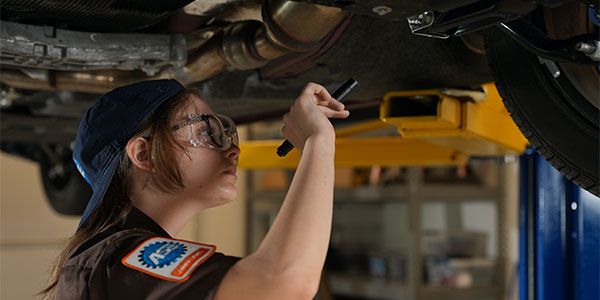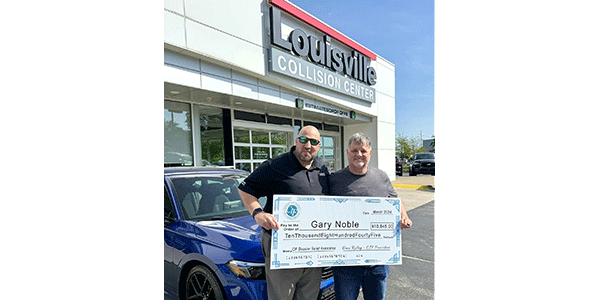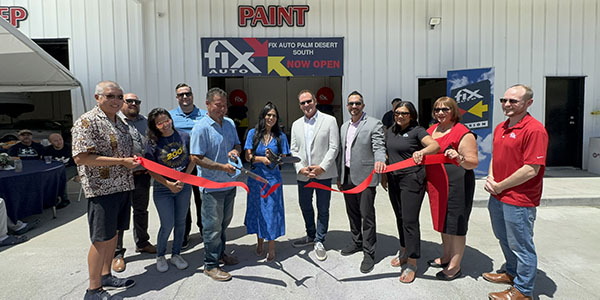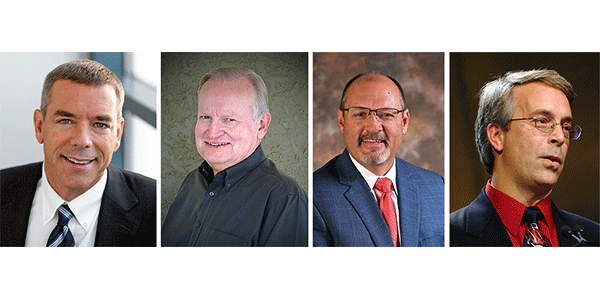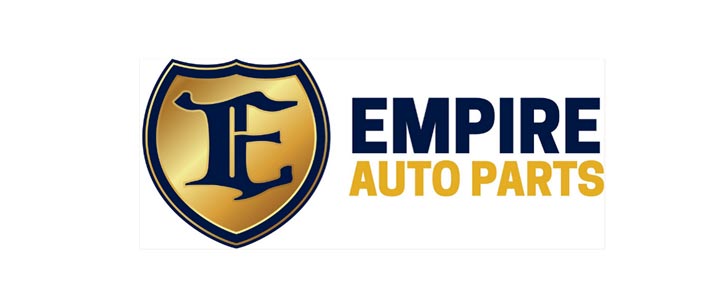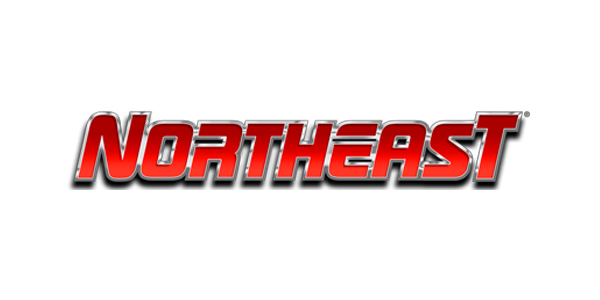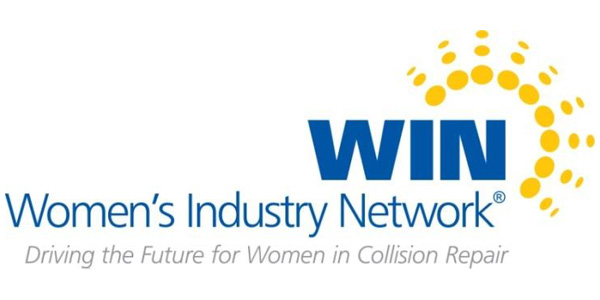The Romans Group LLC has announced that its 15th annual white paper, “2020 Profile of the Evolving U.S. and Canada Collision Repair Marketplace,” is now available.
Within the collision repair industry, 2019 was a pinnacle year for opportunity and success. Collision repair facilities were flush with repairable vehicles, and the relevant total addressable market (TAM) reached its all-time historical high.
Then, with very little warning in March of 2020, the scourge of the COVID-19 pandemic emerged and persisted through all of 2020, continuing throughout 2021 with new variants causing continued uncertainty. For the U.S. and Canadian auto physical damage ecosystems, as well as the entire world, 2020 will forever be seen as a year of significant disruption and accelerated structural change with far-reaching economic, social and political implications.
U.S. Collision Repair Industry
In 2020, the U.S. collision repair industry market declined 9.7%, or $3.7 billion, from 2019. Since 2006, when The Romans Group initiated their projected TAM analysis, their market size estimates for collision repair grew a healthy $8.3 billion with a CAGR of 1.9%.
In the near term, The Romans Group expects the total industry to continue to move toward their 2019 TAM level sometime in 2021-22 as the pandemic’s impact diminishes and a significant number of technicians return to the industry, allowing for increased vehicle repair production. The long-term prognosis for the direction of auto accident claims frequency suggests a downward sloping trend that gets steeper toward mid-century due to the ongoing adoption and effectiveness of collision avoidance technology.
The pandemic cut into the consistent annual market growth in 2020 and has taken the industry back to the 2016 revenue level.
Multiple Location Operator/Consolidation
The collision repair industry has and will continue to experience significant consolidation, reflected in the number of repair locations acquired, their respective revenue, and the transfer of collision repair organization ownership to private equity buyers and public companies. The number of repair organizations has decreased considerably since 2000 while consolidators and larger MLOs have created multi-location, multi-regional and national MLOs which now represent 31.2% of the collision repair industry’s TAM.
There is no evidence of a slowdown for investors as they continue to see value and opportunity in further investing in and consolidating the collision repair industry, even during a worldwide black swan event like the COVID-19 pandemic. Currently, there are a total of 13 MLOs in the U.S. who have a total of 16 private equity or strategic investors or are publicly held. As of 2020, this list of investors holds over $9.6 billion in operating revenue for these MLOs, which represents a 26.2% share of the 2020 collision repair market TAM.
The MLO rankings change when Driven Brands, a multiple-location network (MLN) is added to the list. Driven Brands has consolidated all four U.S collision repair franchisors: ABRA, CARSTAR, Fix Auto and Maaco.
Canadian Collision Repair Market
COVID-19 seemed to have had a disproportionately negative impact on the Canadian collision repair industry as compared to the U.S. Government intervention was stronger in Canada with restricted travel, business shutdowns, personal lifestyle interference, less vehicle travel and insurance companies spending more time scrutinizing estimates. During 2020, there was a 45 to 50% decrease in repairable vehicles versus the same period in 2019. Through June of 2021, business continued to be down around 50%, although it is slowly improving.
Since 2012, the number of Canadian collision repair locations has decreased by 1,770 locations. The combined ≥$10M MLO/banners/MLNs segment drove Canada’s revenue growth during this time period, with the change from 2012 being CA$825 million, which is down from CA$1,572 million in 2019.
Within Canada’s top repairer ranking, the banner organization CSN, Collision Solutions Network, relinquished its first position in 2020 due to Fix Auto’s late 2019 acquisition of ProColor’s 172 locations. The Top 10 All Repairers organizations, which are also represented within the combined ≥$10M MLO independent and dealer and banner, franchise and network segment, represents over 80% of the industry’s revenue with less than 40% of the industry’s repair facilities.
When comparing the market size and share for the property and casualty insurance auto repair segments for the U.S. and Canada, there remain significant differences in the size of many categories. However, the market dynamics associated with the macro industry constructs are very similar in both countries. The U.S. collision repair market size on a U.S. dollar basis is 12.3 times the size of the Canadian TAM, with 7.4 times more repair facilities.
The U.S. and Canadian auto insurance markets are highly consolidated, with the top 10 private carriers controlling the lion’s share of premiums written and shouldering the majority of claims processed and settled. The U.S. private passenger property and casualty insurance industry, as well as the auto-only insurance segment, remain much larger in scale than the Canadian market for all other categories. Canada’s top 10 insurers maintain a higher consolidated market share at 82.4% versus 73.5% in the U.S.
There are a number of secular trends that exist today that will continue to have a material impact and influence on the collision repair industry and within the broader auto physical damage industry segments:
- Insurtech claims processing operating models reinforce insurers’ preferred business economics.
- Private equity’s continued investment, disruption and consolidation influence in collision repair and most other auto aftermarket segments.
- U.S.-Canada trans-border market entrance as reflected by companies like CSN merging with 1Collision in the U.S and Fix Auto with ProColor entering the U.S. market as well as Lithia Dealership Group entering Canada with the acquisition of Pflaff Automotive Dealer Group.
- OEM certification programs’ continued evolution and involvement in collision repair.
- COVID-19 recovery dynamics, momentum, risks and opportunities.
The Romans Group believes that the market segments profiled within their report will recover from the pandemic and continue to grow and expand their revenue base through organic growth, brownfield/greenfield development and acquisitions.
The Romans Group report contains the complete results of their research and analysis for 2020, including over 70 charts and graphs throughout more than 107 pages with historical trends and a future view. It can be purchased by contacting Mary Jane Kurowski at [email protected].


